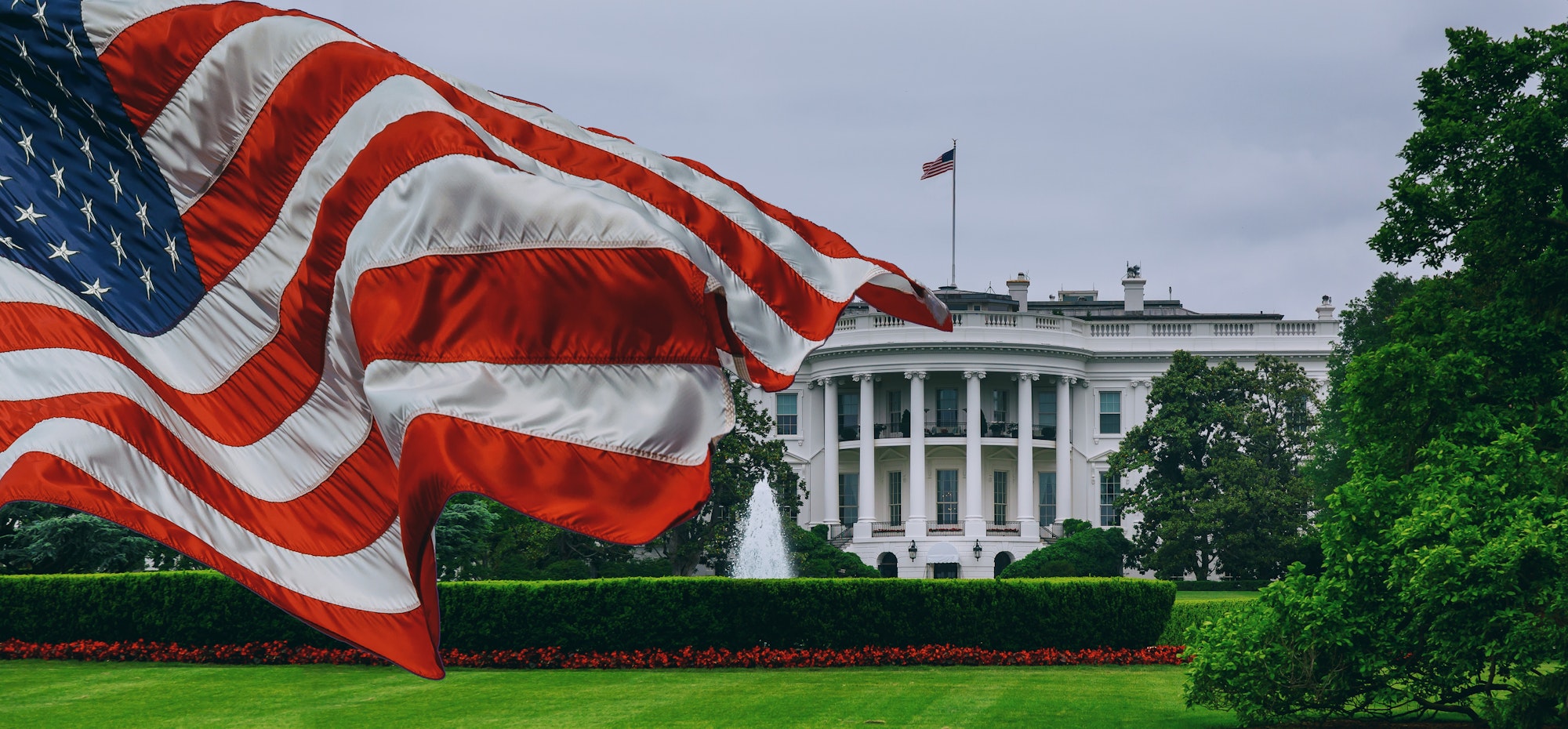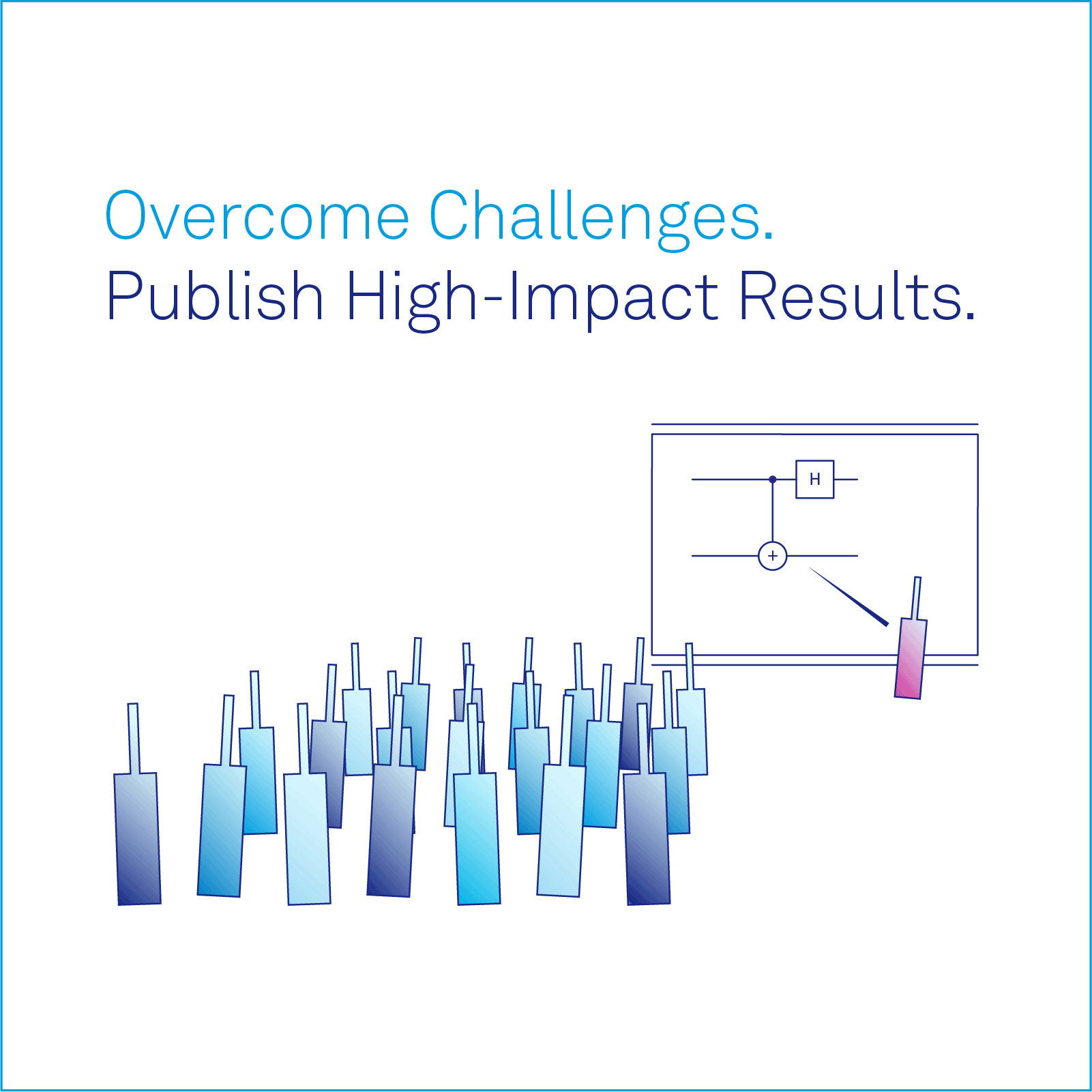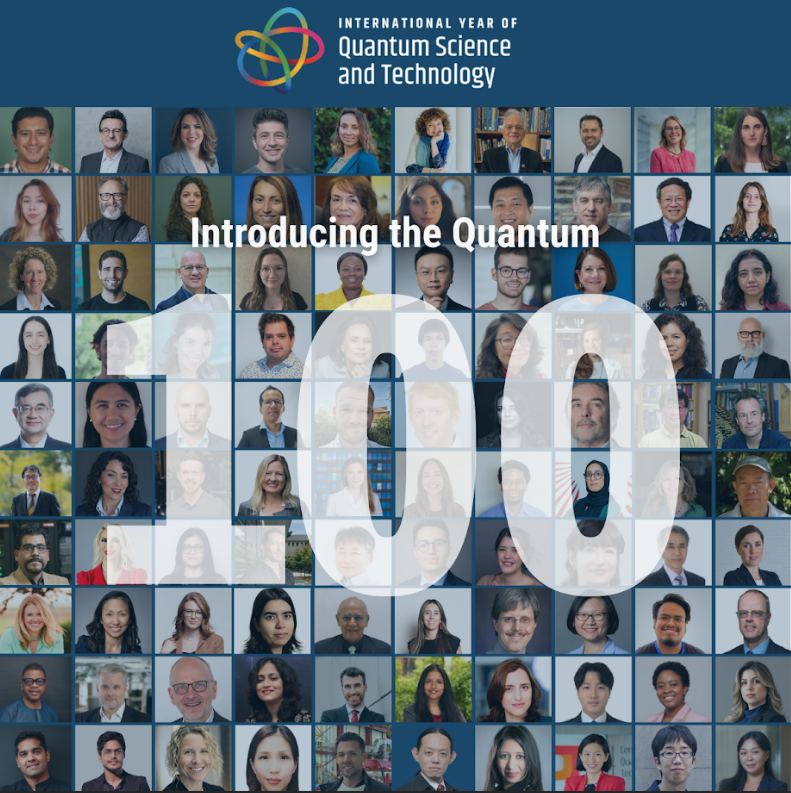Insider Brief:
- US deepens quantum partnerships with India and Japan, emphasizing collaboration on AI, semiconductors, and quantum technology, though concrete investment commitments remain uncertain.
- Trump administration’s $4 billion NIH funding cut threatens biomedical research, including areas where quantum technology could provide developments in drug discovery and diagnostics.
- The DOE Quantum Leadership Act of 2025 proposes $2.5 billion for quantum research over five years, but the bill has yet to pass, highlighting uncertainty in U.S. deep tech funding policy.
- China monitors US-Japan quantum collaboration, as Japan expands its quantum research initiatives and strengthens ties with US and Europe, increasing geopolitical tensions.
The future of quantum technology is not built in a day, nor is it secured by promises alone. It unfolds in laboratories where researchers push the limits of what is computationally possible, in government chambers where funding is allocated—or denied—and in the quiet tension of geopolitical maneuvering where alliances dictate access to emerging tools of power.
As the International Year of Quantum begins, the global effort to master quantum computing and advanced technologies is accelerating. Governments are making high-profile commitments, forging international partnerships, and drafting legislation to secure their positions in a field that could redefine industries and national security. Yet, the real test lies not in declarations but in actions.
The answers are playing out in real time. In Washington, the U.S.-India relationship is being redefined, with quantum technology as one of its focal points. At the same time, proposed legislation to expand domestic quantum research funding sits in limbo, while other critical research areas, such as biomedical science, face devastating budget cuts. Across the Pacific, Japan is strengthening its own quantum ambitions, deepening its alignment with the U.S., even as China watches closely, wary of technological containment.

Despite the rhetoric of collaboration and progress, one fact remains clear: The trajectory of quantum science will not be determined by words alone, but by the policies that follow.
US-India Quantum Collaboration on the Agenda
Just days into Trump’s second term, Indian Prime Minister Narendra Modi met with the U.S. president to discuss trade, technology, and defense partnerships. While discussions on economic ties and military agreements took center stage, the two leaders also reaffirmed their commitment to collaboration on emerging technologies, including quantum computing, artificial intelligence, and semiconductors.
According to a summary of the meeting from The Washington Post, while the economic aspect of the talks was the primary focus, both leaders acknowledged the importance of deepening technology cooperation. Modi emphasized that India and the U.S. will collaborate on artificial intelligence, semiconductors, and quantum technology, reinforcing India’s role as a strategic partner in Washington’s Indo-Pacific strategy. This statement aligns with India’s broader push toward developing sovereign quantum capabilities through its National Quantum Mission, as well as existing international collaborations such as the Australia-India strategic funding program.
As diplomatic discussions continue, the extent to which quantum technology will be prioritized in this evolving partnership remains to be seen. While statements from the meeting suggest a commitment to emerging technologies, concrete initiatives and investment commitments will ultimately determine the depth of collaboration in quantum computing between the two nations.
Ambassador Atul Keshap, President of the U.S.-India Business Council, takes note in a post from the U.S. Chamber of Commerce that the U.S. and India are positioned to seize current geopolitical shifts, referencing Russia’s ongoing war in Ukraine and Europe’s preoccupation with regulatory concerns, by advancing a partnership centered on economic growth and technological leadership.
India has made notable strides in quantum research, supported by initiatives such as the National Quantum Mission and collaborations like the Australia-India strategic funding program. However, while diplomatic meetings signal interest in emerging technologies, actions often speak louder than words.
The NIH Funding Cut and Its Implications for Quantum Research
Last Friday, the Trump administration announced a funding cut to the National Institutes of Health (NIH), with a goal to reduce government spending by approximately $4 billion. While the magnitude of these savings is substantial, so too is the potential loss to biomedical research. This funding is a critical support system for research related to drug discovery and diagnostic tool development—both areas where quantum technology is being actively explored, with expectations of quantum advantage as hardware continues to progress.
Quantum technology has the potential to revolutionize healthcare through quantum sensing and quantum-enhanced drug discovery. Quantum sensors, with their ability to detect minute biological changes, could enable early disease detection, advanced brain imaging, and highly precise biomarker identification. Meanwhile, quantum computing is being investigated as a tool to simulate molecular interactions at a level classical computers cannot, with the goal of accelerating drug discovery, optimizing pharmaceutical compounds, and identifying new treatment pathways for diseases like cancer and neurodegenerative disorders.
Beyond direct research funding cuts, the broader impact must also be considered. According to a Yahoo! Finance report, the decision has led to market volatility, wiping out $16 billion in market capitalization for companies like Illumina and Exact Sciences. More critically, it has cast uncertainty over the future of biomedical research in academia. In the report, Yale School of Medicine’s Reshma Ramachandran has warned that many early-career researchers, discouraged by the instability, are reconsidering academia in favor of industry roles.
The implications for deep tech fields, including quantum, are significant—fundamental research often originates in labs before moving to industry for commercialization. Disrupting this pipeline could slow long-term technological progress.
This also raises concerns about the overall state of deep tech funding. While federal investment has long been considered essential, venture capital remains volatile, particularly as market sentiment can swing based on statements from high-profile corporate leaders. Some have argued that prioritizing stable federal support is necessary to ensure long-term advancements in emerging technologies, especially quantum computing.
The DOE Quantum Leadership Act: A Move Toward Stability?
As funding cuts threaten scientific research in some areas, lawmakers in Washington are simultaneously advancing the DOE Quantum Leadership Act of 2025, a bipartisan bill that would authorize more than $2.5 billion in quantum research funding over five years.
Introduced by Senators Dick Durbin (D-IL) and Steve Daines (R-MT), the bill seeks to expand the Department of Energy’s quantum R&D programs through 2030, addressing key issues such as supply chain challenges, workforce development, and interagency collaboration. Industry leaders, including PsiQuantum and IBM, have expressed strong support for the legislation, viewing it as a necessary step toward accelerating commercialization of quantum technologies.
However, the bill has yet to pass, and similar efforts in the past have stalled in committee discussions or failed to gain the political momentum necessary for enactment. The contrast between proposed funding for quantum research and simultaneous cuts to biomedical research underscores the uncertain landscape of U.S. deep tech funding policy.
If passed, the bill would reauthorize and expand DOE-led quantum research initiatives, strengthening existing programs at five national research centers while launching new efforts to address supply chain vulnerabilities and workforce shortages. However, until the legislation clears committee reviews and advances to the full Senate, its fate remains uncertain.
In the broader context, the question remains: Will this proposed investment in quantum research materialize into lasting support, or will it suffer the same fate as other critical scientific funding initiatives that have faced cuts and uncertainty?
US-Japan Quantum Partnership and Rising Tensions with China
Meanwhile, on the international stage, the Trump administration has reaffirmed its focus on quantum technology, artificial intelligence, and advanced semiconductors. A recent summit between Trump and Japanese Prime Minister Shigeru Ishiba called out these technologies as essetial to economic stability.
However, this alignment is likely to heighten tensions with China, particularly as the U.S. maintains trade and export controls impacting Chinese semiconductor access. According to the South China Morning Post, Tokyo’s reaffirmed partnership with Washington could strain its recent diplomatic efforts with Beijing, especially as China’s actions in the Taiwan Strait remains a growing concern.
Japan has been steadily advancing its quantum initiatives, strengthening both domestic research capabilities and international partnerships. One notable development is the integration of Quantinuum’s quantum processing unit (QPU) with RIKEN, enhancing high-performance quantum computing resources for Japan’s leading research institutions.
Additionally, Japan has established the Japan Quantum Innovation Council, which aims to foster collaboration between government, academia, and industry to drive national quantum advancements. The country is also deepening its joint research efforts with the U.S. and Europe, particularly in key areas such as quantum cryptography, quantum networking, and next-generation semiconductor technologies, reinforcing its position as a major player in the global quantum landscape.
The International Year of Quantum: Policy vs. Action
All of these developments unfold as the International Year of Quantum begins—a global initiative emphasizing international collaboration, open knowledge, and the need for sustained government support. While diplomatic engagements and high-level discussions set the stage, the true measure of commitment will come in the form of tangible policy decisions.
The trajectory of quantum and other deep technologies will ultimately be shaped by how governments choose to invest, regulate, and collaborate in the years ahead. For all of those individuals and organizations hopeful to push forward the agenda of the International Year of Quantum, actions by policymakers will determine whether these efforts flourish—or face increasing hurdles.

















